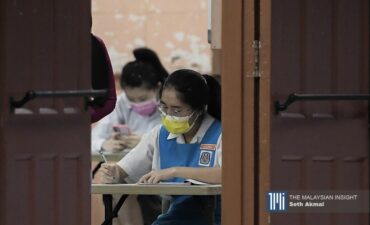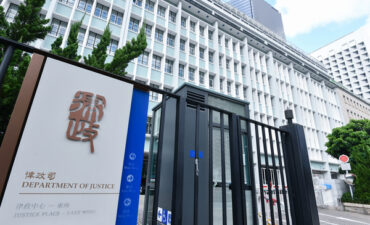PETALING JAYA: Boutique think tank Center for Market Education (CME) estimates that over RM1.1 billion in government spending can be saved every year if the government adopts harm reduction policies in the industries of public health and transportation.
This research finding is outlined in the recently released Policy Paper Nr 6, Harm Reduction, Healthcare Savings and Economic Growth: A Strategy for Malaysia, authored by CME CEO Dr Carmelo Ferlito and Research Assistant Imran Shamsunahar.
Starting with the impact of harm reduction applied to the consumption of nicotine products such as e-cigarettes and heated tobacco products, they estimate healthcare savings of up to RM787.78 million in 10 years, deriving from declines in adult smoking due to switching to less harmful alternatives.
Furthermore, switching just 1% of the smoking population to alternative products could potentially save RM2.61 billion in loss of productivity (in this case, gain of productivity). In other words, this represents a yearly saving equivalent to 0.16% of Malaysia’s GDP, Imran explained.
Looking at the estimated healthcare savings deriving from the application of harm reduction to electric vehicles, the paper projected that achieving the WHO 2025 targets would bring the healthcare cost down to US$21.919 billion (RM103.195 billion) (-70%) due to air pollution.
Based on the government’s targets of having 15% of the total industry volume (TIV) made up of EVs and hybrids by 2030, and to 38% by 2040, it was projected that healthcare savings would be between 6.43% and 24.93% of the current pollution-related costs. This could lead to savings from reduced emissions of between US$755.89 million and US$1.157 billion (RM3.559 billion and RM5.448 billion) by 2030 and between US$1.915 billion and US$2.932 billion (RM9.015 billion and RM13.803 billion) by 2040.
As semiconductors are an essential component for both EVs and electronic devices for e-cigarettes and heated tobacco products, and given the prominent role of Malaysia in this industry, the paper estimated that the right set of harm reduction policies can generate the following spillover effects on the semiconductor industry and its ecosystem over a period of 10 years:
> Almost US$65 billion (more than RM305 billion) in private and government DDIs and FDIs through more than 550 projects; and
> More than 300,000 jobs (direct, indirect and induced).









